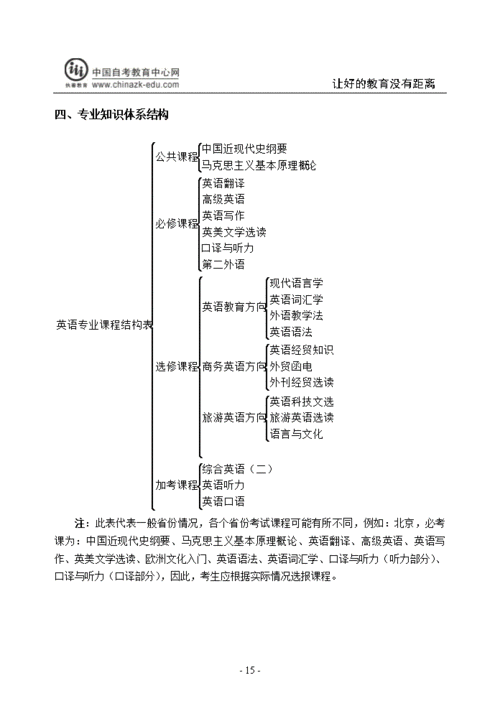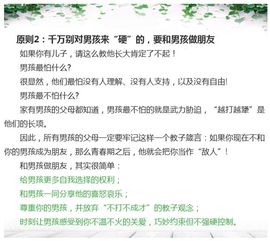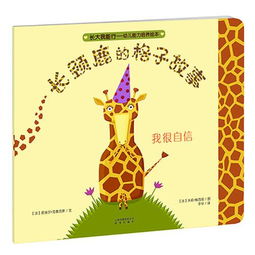StructureofEnglishLiterature
English literature is a rich and diverse field that encompasses a wide range of literary works produced in the English language. The structure of English literature can be understood in several key components:
1. Periods and Movements
English literature is often divided into periods and movements, each characterized by specific styles, themes, and literary techniques. Key periods and movements include:
- Old English Literature: This period dates from the early medieval period and includes works such as "Beowulf."
- Medieval Literature: This period covers works produced during the Middle Ages, including Chaucer's "The Canterbury Tales."
- Renaissance Literature: A period marked by the works of Shakespeare, Marlowe, and Spenser.
- Neoclassical Literature: Characterized by an adherence to classical principles, with writers like Alexander Pope and Samuel Johnson.
- Romanticism: An artistic, literary, musical, and intellectual movement that originated in Europe toward the end of the 18th century, with poets such as William Wordsworth and Samuel Taylor Coleridge.
- Victorian Literature: Literature produced during the reign of Queen Victoria, featuring authors like Charles Dickens, the Brontë sisters, and Thomas Hardy.
- Modernism: A period marked by a deliberate break from traditional styles, with writers like T.S. Eliot and Virginia Woolf.
- Contemporary Literature: Literature of the 20th and 21st centuries, characterized by diverse voices and global influences.

2. Genres
English literature encompasses various genres, each with its own conventions and characteristics. Major genres include:
- Poetry: From sonnets to epics, poetry forms a significant part of English literature.
- Drama: Theatrical works, including tragedies, comedies, and historical plays.
- Prose Fiction: Novels and short stories, ranging from realist to speculative fiction.
- Nonfiction: Essays, biographies, autobiographies, and other forms of creative nonfiction.
3. Themes and Motifs
English literature explores a wide range of themes and motifs, including love, identity, power, conflict, nature, and the human experience. These themes are often reflected across different periods and genres, demonstrating the enduring relevance of certain ideas and concerns.
4. Major Authors and Works
English literature is characterized by its many influential authors and their seminal works. From Shakespeare's plays to Austen's novels, the canon of English literature is shaped by the enduring legacy of these writers and their contributions to the literary landscape.
5. Literary Criticism and Theory
The study of English literature also involves the examination of critical approaches and theoretical frameworks used to analyze and interpret literary works. From formalism to postcolonial theory, the field of literary criticism provides diverse lenses through which to understand and appreciate literature.
In conclusion, the structure of English literature is multifaceted, encompassing historical periods, diverse genres, universal themes, influential authors, and critical frameworks. Understanding this structure allows for a deeper appreciation of the depth and breadth of English literary traditions.











